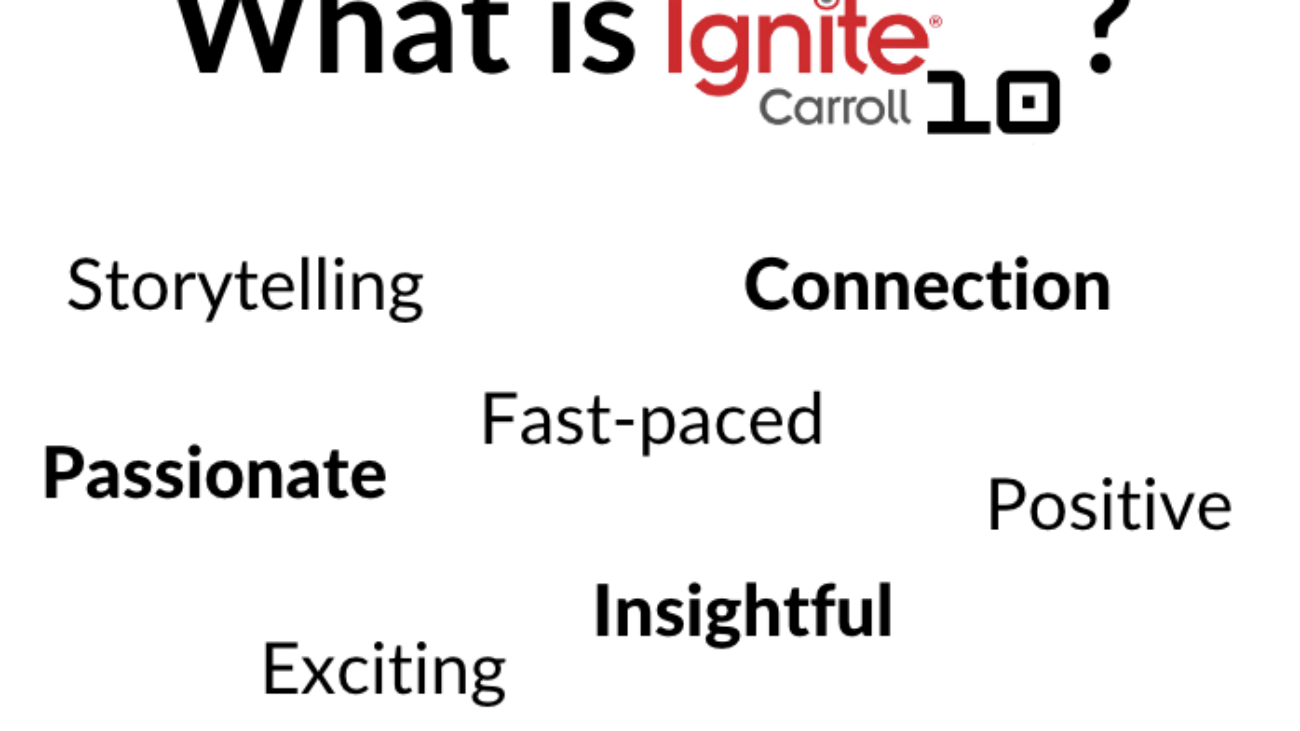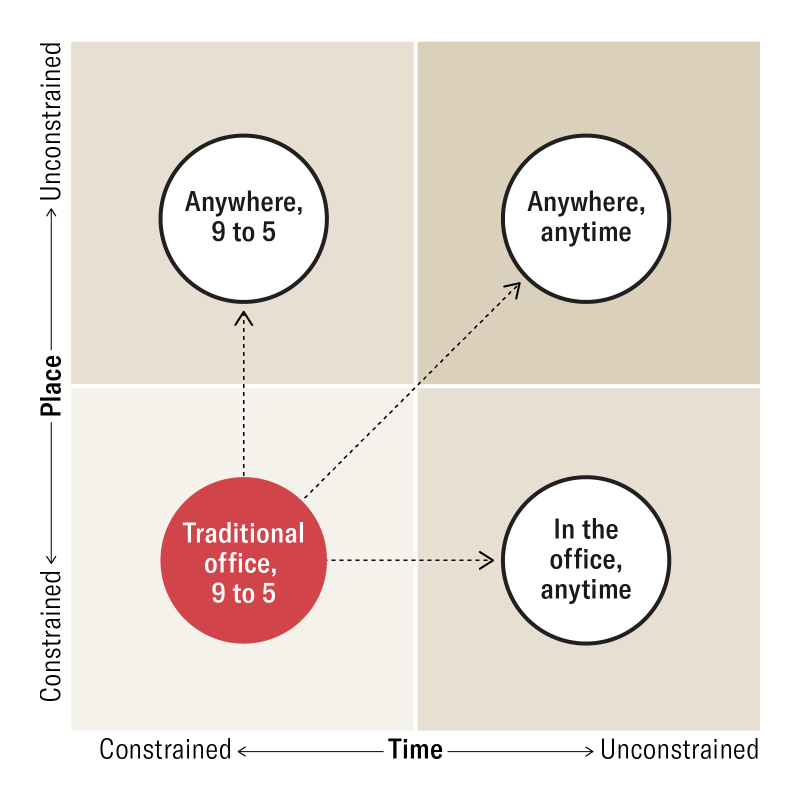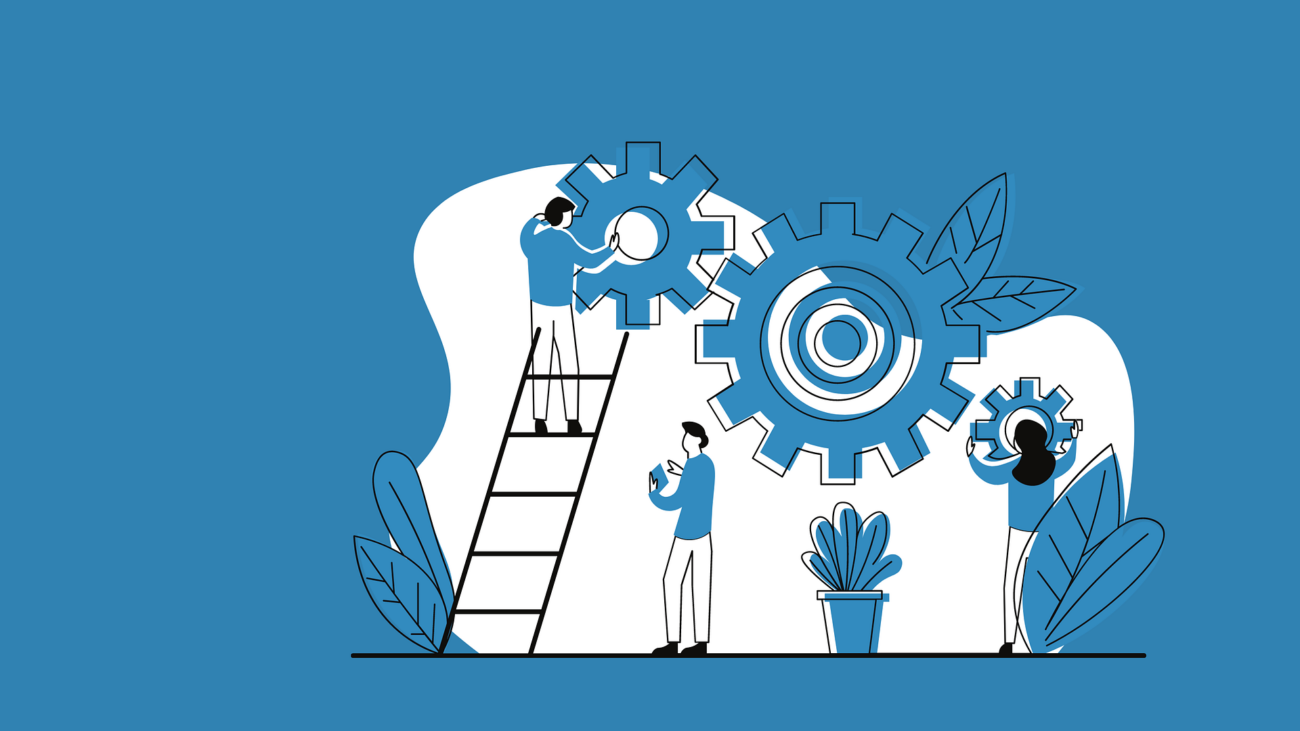Make Your Marketing Mark.
The temptation of tough economic times is to cutback on marketing, but research as shown that companies that maintain marketing expenditures during recessions emerge stronger. Often business leaders follow the lead of consumers and reduce their spending when hard times hit. Evidence encourages the contrary. Businesses that maintained or raised their marketing during the recession had significantly higher sales after the economy recovered in a McGraw-Hill Research study that looked at 600 companies from 1980 to 1985.
Choosing to spend less during a recessions leaves businesses in a less competitive position when the economy recovers. Those who spend less have also missed an opportunity to be the only voice in the room – customers continue to be aware of advertisers even when they have cutback on spending for the recession period and your business can present as the only option in the market when the consumer returns to purchasing. Such was the case for VRBO, an Expedia-owned vacation rental marketplace.
When COVID-19 hit and people stopped traveling, Airbnb cut their ad spending. During this period, VRBO outspent Airbnb 10-fold in advertising, spending $90.8 million in advertising from January to February 2021 compared to Airbnb’s $8.9 million. As a result, VRBO’s bookings recovered by 61%; Airbnb’s bookings dipped by 15% during the same time frame.
So, continue to invest in your marketing and make the most of this moment.
Give the Present of Online Presence.
The pandemic pushed us to rely on digital capabilities, but there’s more you can do to optimize your online presence.
Social media accounts offer a consistent connection with customers and can be used as an extension of services. Retail businesses may already be familiar with listing their products on web platforms for selling, but legal and accounting firms may have yet to realize the value of delivering professional advice on a livestream, or a therapist can make a video modeling an effective boundary-setting conversation.
In an age where a large part of the consumption is spent before the wallet comes out, investing in being in the places where your consumers are will disseminate information about your business and form relationships regularly. Consumers are already consuming media, so invite them to consume yours!
Find the Federal Opportunities
To rebuild the economy and infrastructure post-pandemic, there is lots of funding going towards states and localities from federal legislation. Small business owners should look into opportunities for funding and federal contracting. Owners part of an underrepresented population or part of an underserved community can additionally apply for certifications intended to improve their access to corporate representative and supplier diversity professional contracts.
- Good Jobs Challenge
- Minority Business Development Agency
- ByBlack initiative
- Women Impacting Public Policy
Additional certification opportunities can be found at:
- National LGBT Chamber of Commerce
- National Minority Supplier Diversity Council
- Disability: IN
- Women’s Business Enterprise National Council
Commit some time to exploring the opportunities ripe for your picking. These resources are intended for you to use them, so don’t let them pass you by this year!

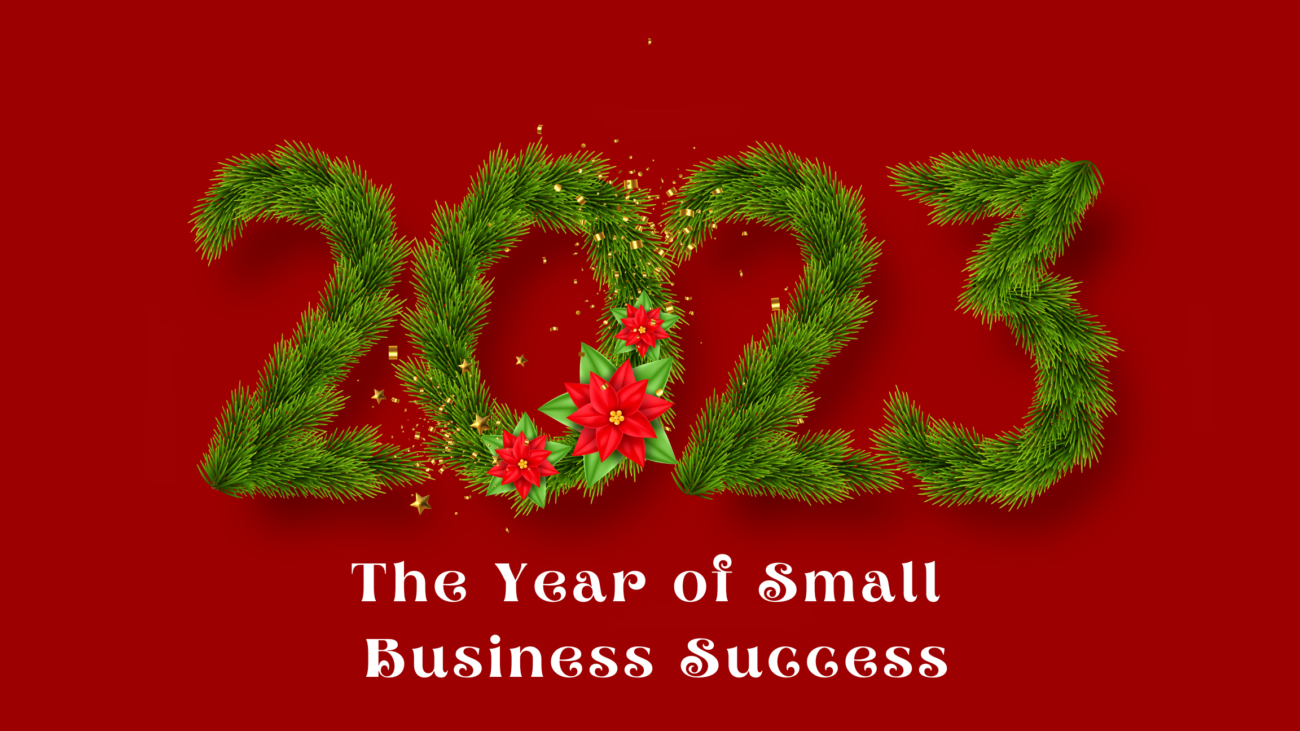
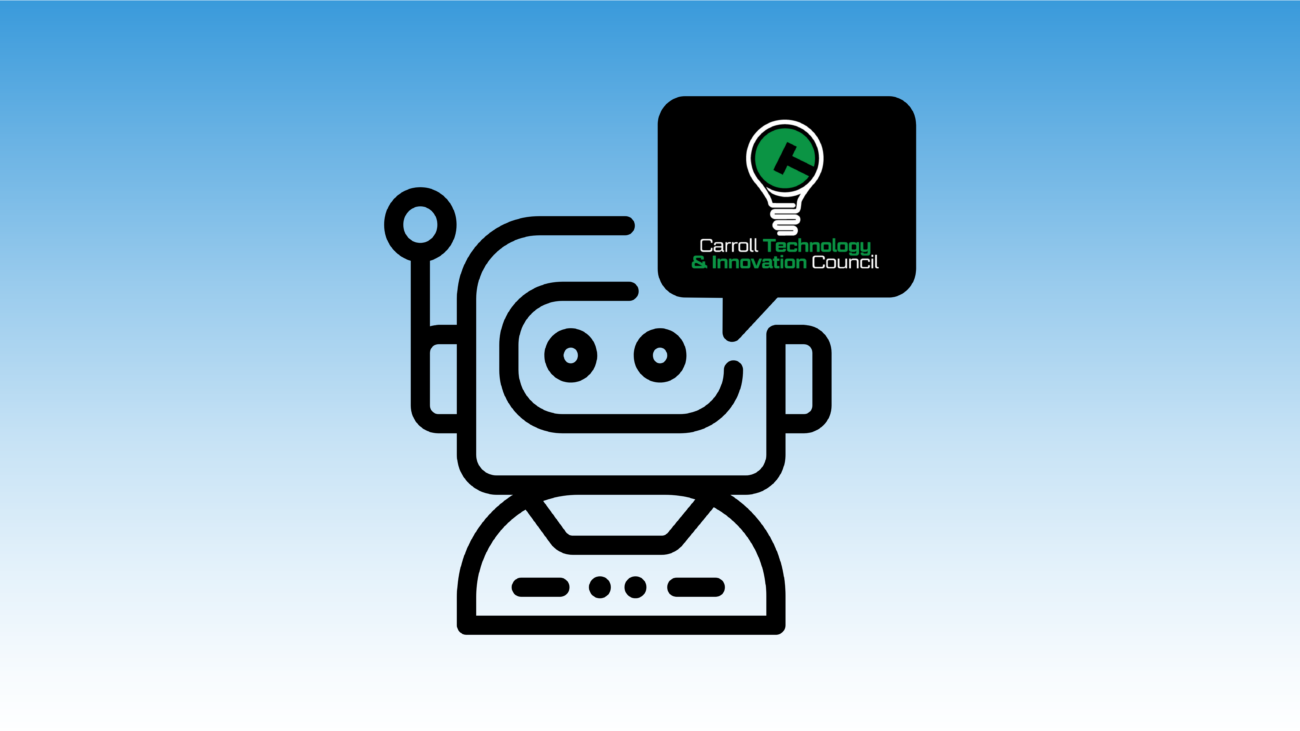
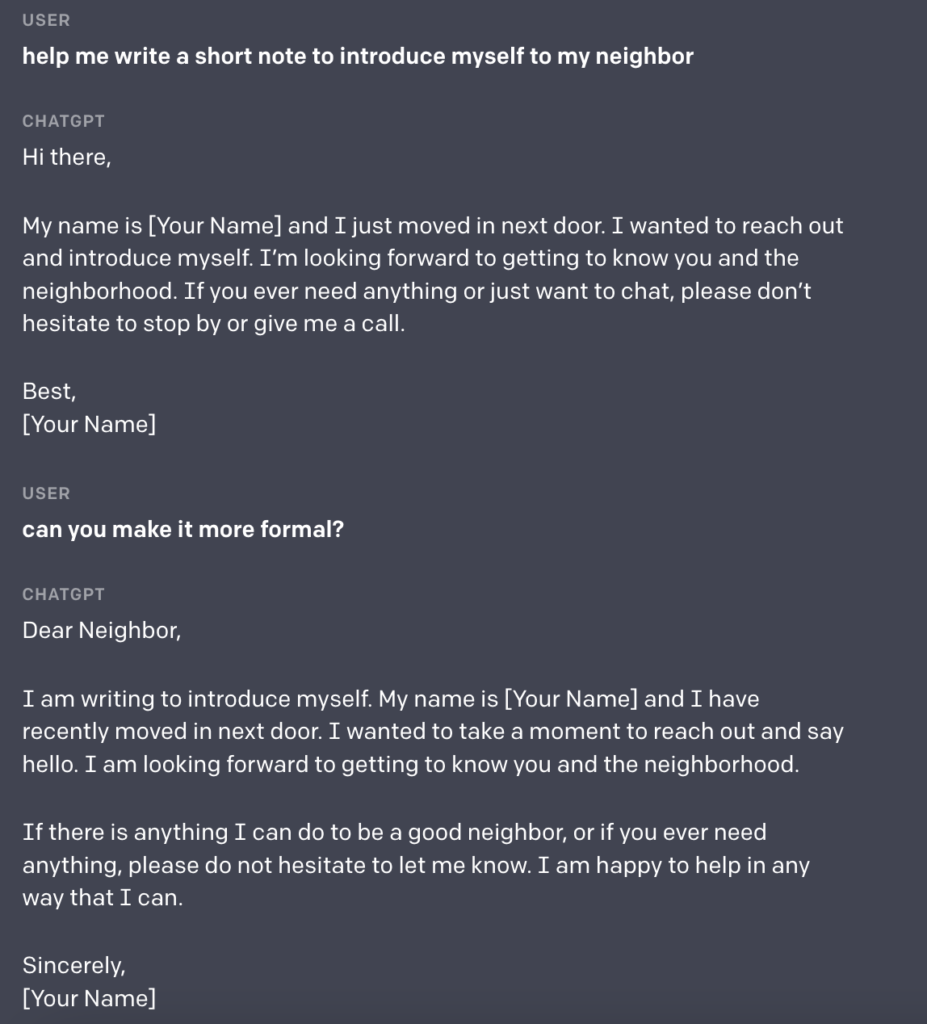
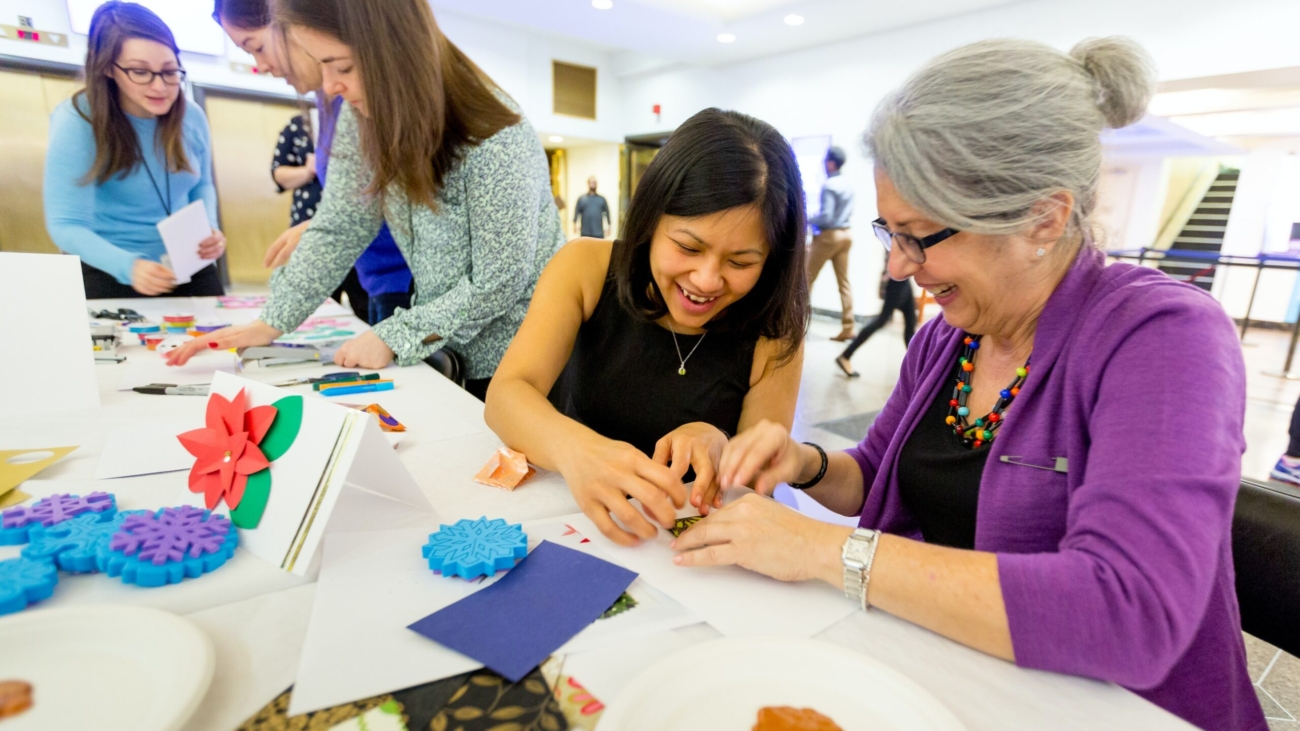

:max_bytes(150000):strip_icc():format(webp)/dotdash_Final_Why_Do_Bitcoins_Have_Value_Apr_2020-01-f01e40e5ec7642d782ffddca3614bb20.jpg)



